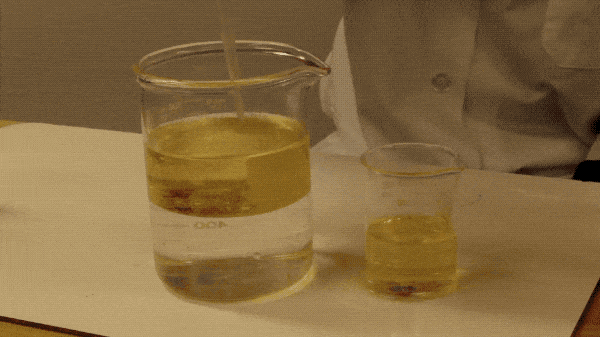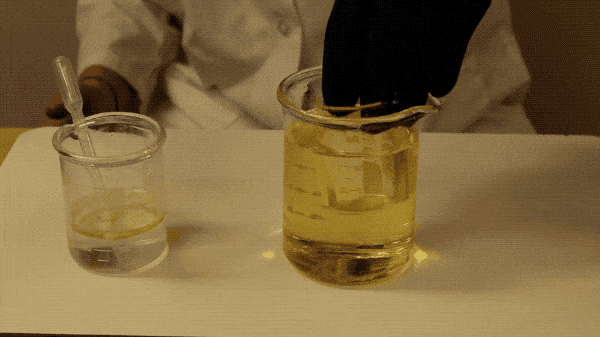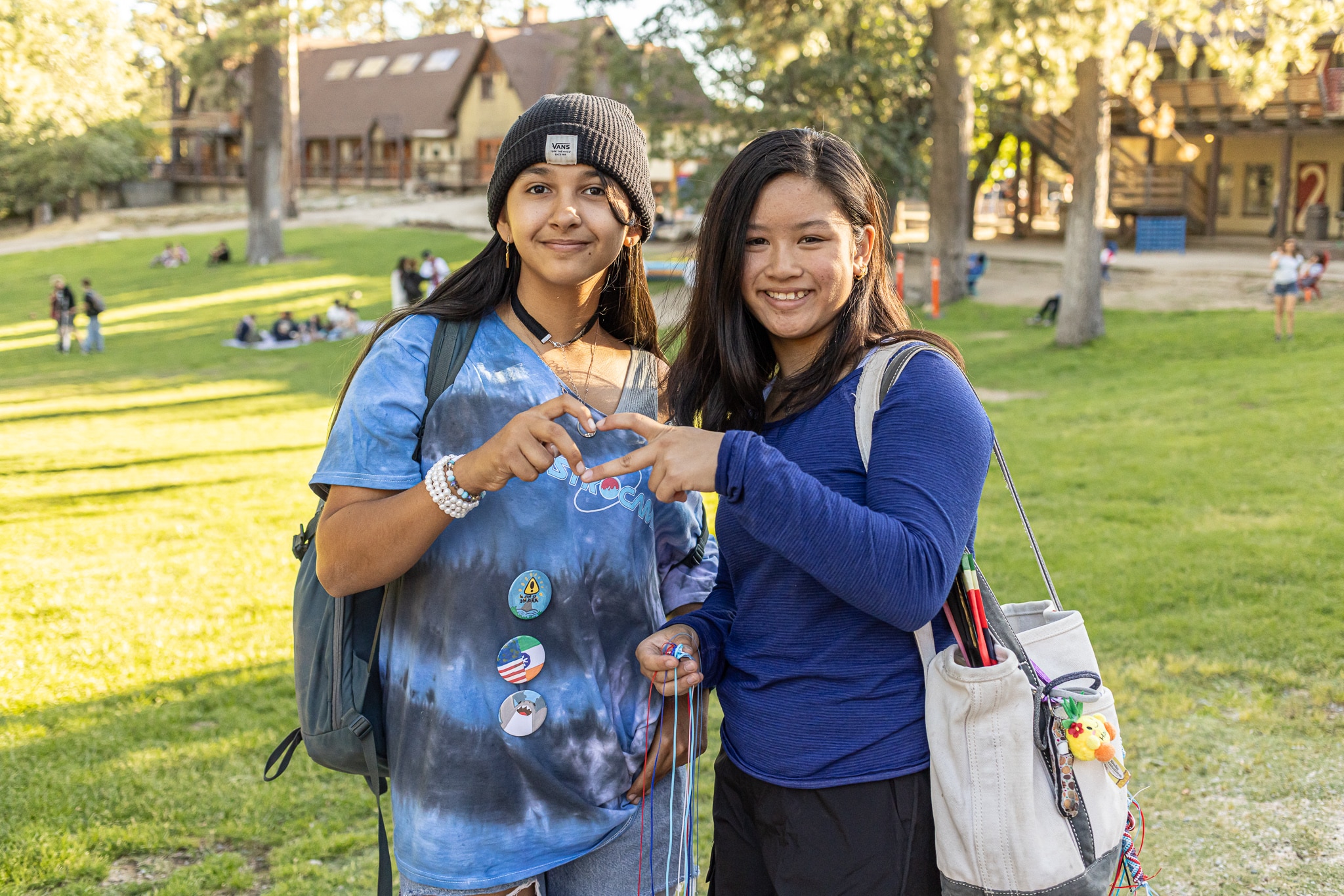
There isn’t much that comes to mind when we try to compare the similarities of pyrex glass and vegetable oil. No, we are not baking or cooking, we are simply doing an awesome at-home science experiment. It turns out that these two things have something very fundamentally in common: they have the same index of refraction of light!
Light interacts with most things around it. It can travel through things, bounce off of them, and even bend. Reflections are those images that we see in the mirror, it is when light hits a different medium and then bounces off of it. Refraction is when light hits a different medium and instead of completely bouncing off, some light will bounce off of the medium and some of it will bend. To learn more about how we can bend light, click here.

Different mediums can bend light in different ways due to how much they are able to slow it down, referred to as its index of refraction. Water, for instance has an index of refraction of 1.33. Pyrex and vegetable oil both have refractive indexes of 1.47 and air is at about 1.00. If we combine substances with different refractive indexes, we can see some interesting effects.

If you place a small pyrex beaker full of air into a larger pyrex beaker full of vegetable oil you will be able to see the smaller beaker due to the different indexes of refraction of air and pyrex. However, if you let the smaller beaker fill with the oil, it will seemingly disappear because pyrex and vegetable oil have basically the same index of refraction.


